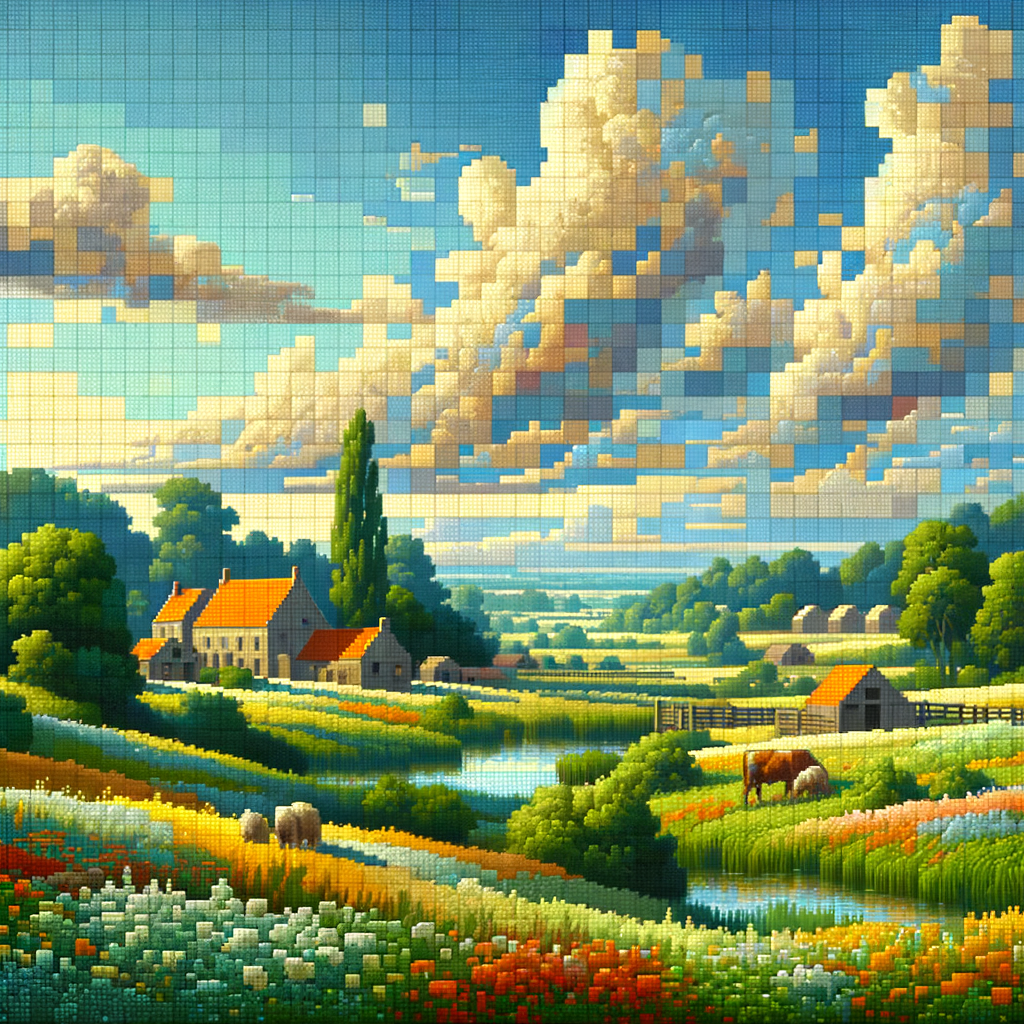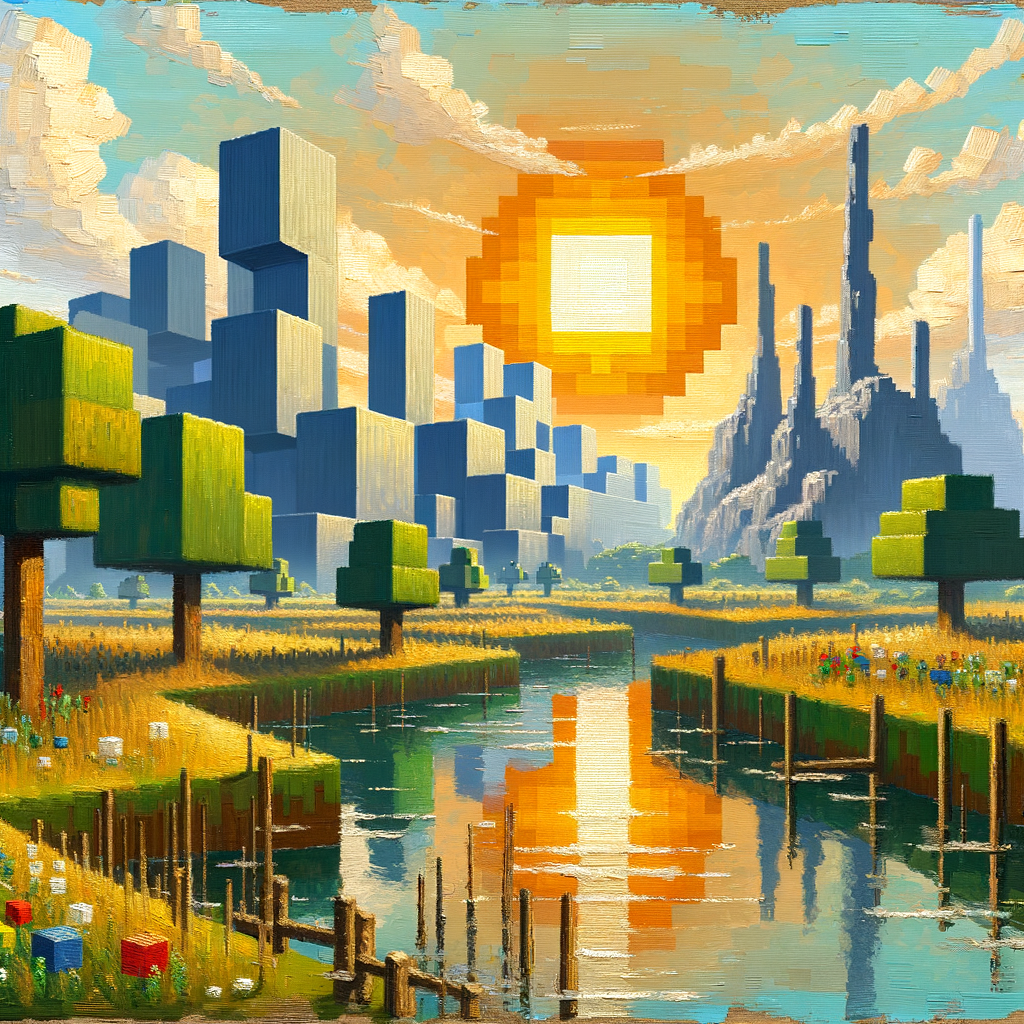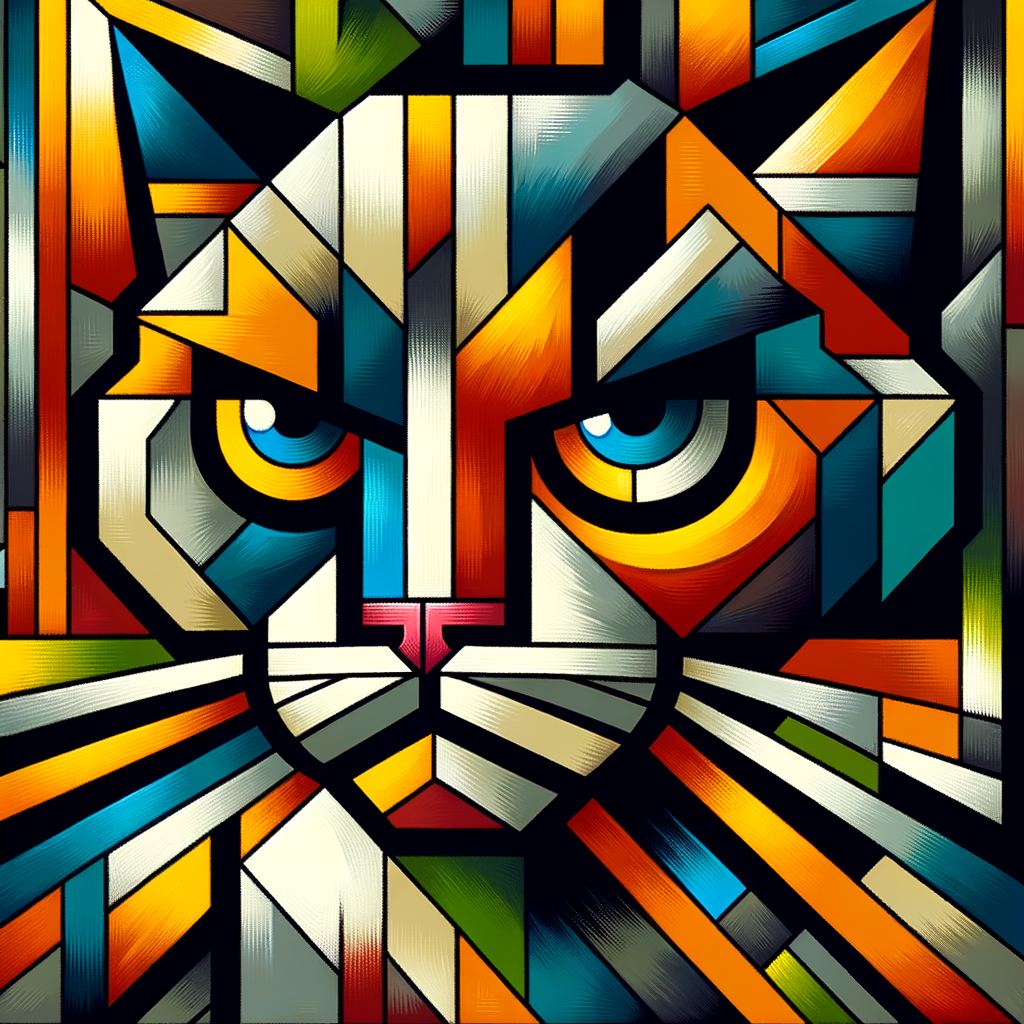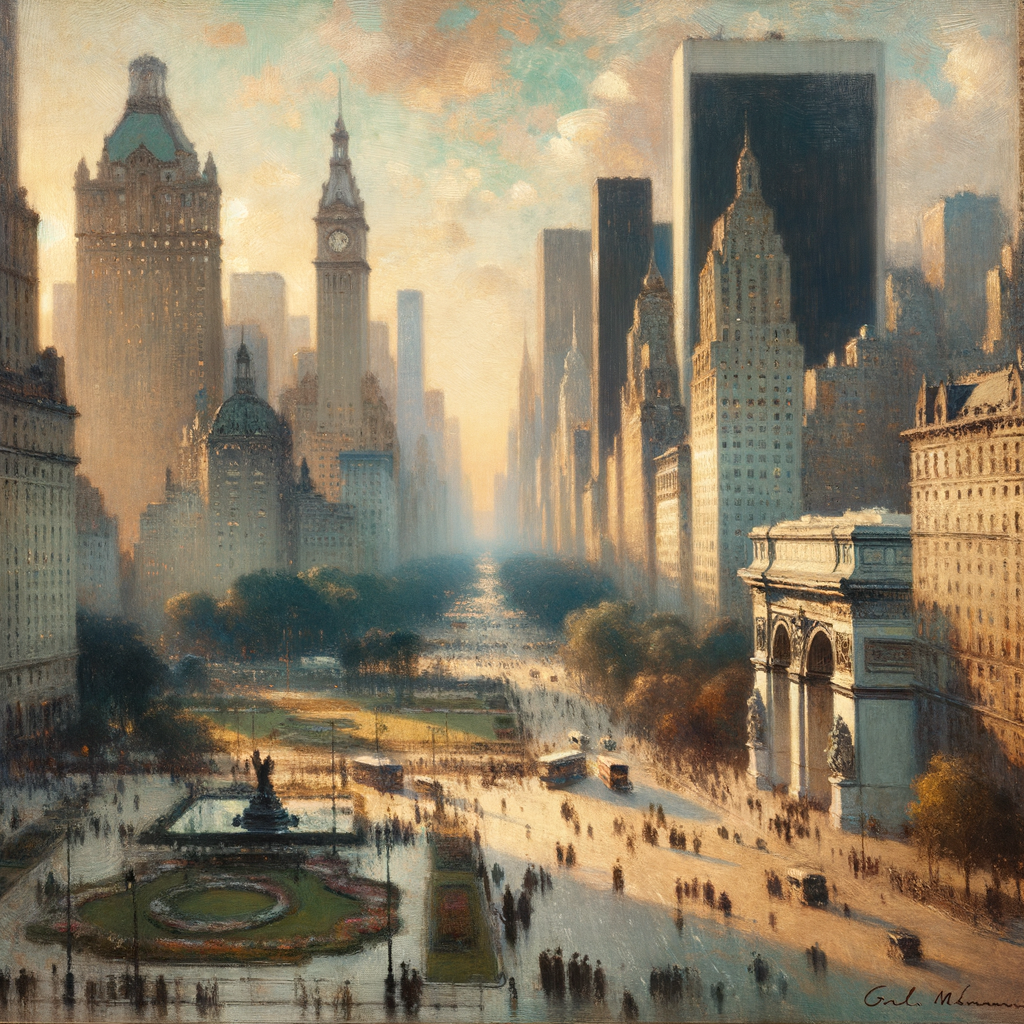
As a teacher with a workload that often seems insurmountable, I’ve found myself constantly in search of tools and methods to alleviate the pressure without compromising the quality of education I provide. The emergence of AI in generating royalty-free content has been nothing short of a revelation. Let me take you through the transformative journey of how AI is reshaping the educational landscape.
Personalisation at Scale
One of the most significant challenges in education is addressing the varied learning needs of students. AI’s ability to tailor content to individual preferences is a game-changer.
With AI, I can now input parameters such as the desired complexity level and learning objectives, and within moments, I have access to customised text, images, or videos that speak directly to my students’ needs. This level of personalisation was once a distant dream, but now it’s a daily reality.
AI-generated content is not confined by a one-size-fits-all approach. It adapts to different cultures and learning styles, ensuring that every student feels included and engaged. This adaptability has transformed my classroom into a dynamic learning environment where every student’s voice is heard and valued.
Cost-Effective Resource Creation
The financial strain of procuring high-quality educational materials can be overwhelming. AI has provided a cost-effective solution.
Gone are the days when I had to allocate a significant portion of my budget for stock images or commission bespoke content. AI allows me to generate these resources at a fraction of the cost, freeing up funds for other critical educational needs.
Not only does AI save money, but it also saves something just as precious – time. The rapid generation of content means that I can spend more time on what truly matters: my students.
Enhancing Creative Visual Learning
Visual aids are a cornerstone of effective teaching. AI has exponentially increased the potential for creating compelling visuals.
Difficult concepts that once required lengthy explanations can now be encapsulated in AI-generated visuals. These images and diagrams are custom-made to support the curriculum, making learning more intuitive and enjoyable.
With AI, the well of resources never runs dry. I can request as many images as needed to ensure that my students have the best visual aids, without worrying about additional costs or time delays.
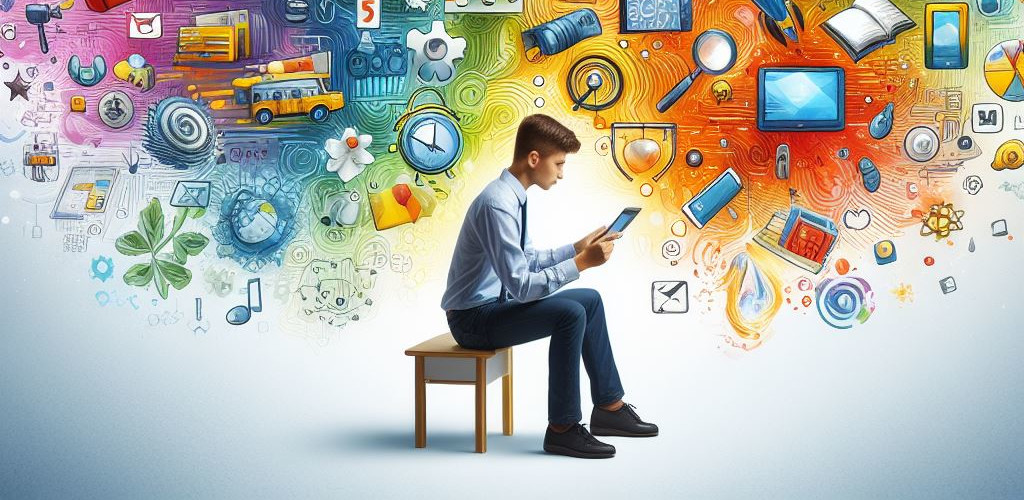
Streamlining Content Updates and Relevancy
Staying current is vital in education. AI assists in keeping the content I teach fresh and relevant.
As new information emerges, AI tools can quickly update educational materials, ensuring that my students are always at the cutting edge of their learning journey.
Whenever a new discovery shakes up a subject area, I can rely on AI to provide updated content that reflects these changes, keeping my curriculum modern and impactful.
Multimedia and Interactivity
The importance of student engagement cannot be overstated, and the role of AI-generated multimedia content in capturing their interest has been significant.
AI has the ability to create educational games and simulations that transform learning into an enjoyable and interactive experience. These tools have proven to be crucial in enhancing student involvement and memory retention in my classes.
In terms of visualizing complex processes and events, AI-generated videos and animations have proven to be indispensable. They animate the complexities of subjects in a way that static images or text alone could never fully encapsulate.
Incorporating AI-generated images, such as Minecraft scenes styled after various artists, can make learning more relatable and engaging for students. This innovative approach can help students better understand art and history by presenting it in a format that they are familiar with and enjoy. This not only makes learning more fun, but it also allows students to connect with the material on a deeper level.
Each of the examples above took only moments to generate with a very simple prompt. Sometimes the results are not quite what you expect, in which case it is easy to refine the prompt and try again.
Given this quick turnaround, generating multiple examples that will cover more students’ interests and learning styles is a breeze. This is a game-changer for educators, as it allows us to create a more inclusive and engaging learning environment.
Language and Accessibility
The inclusivity that AI brings to content generation is unparalleled, breaking down language barriers and enhancing accessibility.
AI-generated content in multiple languages has opened doors for non-native English speakers in my classroom, fostering a truly inclusive environment.
From alternative text for images to content that meets stringent accessibility standards, AI ensures that every student has access to the learning materials they need.
Below are some examples of text generation tasks that could be used in various ways in the classroom. It demonstrates how content can be generated in various languages, from various languages and in many styles.
kawazu tobikomu
mizu no oto
An example of a haiku by Matsuo Basho in Japanese.
frog jumps in
sound of water.
A direct translation using a LLM (large language model), GPT-4. Not a haiku due to being a direct translation.
A frog leaps into the murmur
Echoes of water’s song.
Translated to English, adjusted to maintain the haiku structure.
Une grenouille plonge
Echo d’eau qui chante.
The original Japanese haiku translated to French but maintaining the haiku structure.
Intellectual Property and Ethics
The use of AI-generated content comes with its own set of ethical considerations, particularly concerning intellectual property.
Understanding the legal and ethical guidelines surrounding AI-generated content is crucial. As educators, we must ensure that the materials we use respect these guidelines.
While AI is a powerful tool, human oversight is essential to guarantee the accuracy and appropriateness of the content. This balance is something I am continually mindful of in my teaching practice.
In recent months, many companies building and providing generative AI tools have announced that they would defend customers in legal challenges related to Copyright infringement. Examples from Microsoft and Google have been made public. This is a significant step in the right direction for educators and creators who use AI-generated content.
In addition, companies are promising to not claim copyright on content users are generating with their tools. An example of this is from OpenAI, the creators of ChatGPT and DALL-E.
Fostering Collaboration and Sharing
The collaborative potential of AI-generated content is immense, encouraging a culture of sharing and cooperation among educators.
AI-generated materials can be easily shared across platforms, allowing teachers to pool resources and share insights. This has led to a richer, more collaborative educational community.
There are numerous instances where AI-generated content has been seamlessly integrated into the classroom, with remarkable results. Sharing these success stories inspires and guides fellow educators on their journey to incorporate AI into their own teaching.
In conclusion, the integration of AI in generating royalty-free content has revolutionised my approach to teaching. It has allowed me to create a learning environment that is both diverse and inclusive, where each student’s potential can be fully realised. As we continue to navigate the ever-evolving landscape of education, AI stands as a beacon of innovation, guiding us towards a future where the focus returns to what truly matters – educating and inspiring the next generation.



